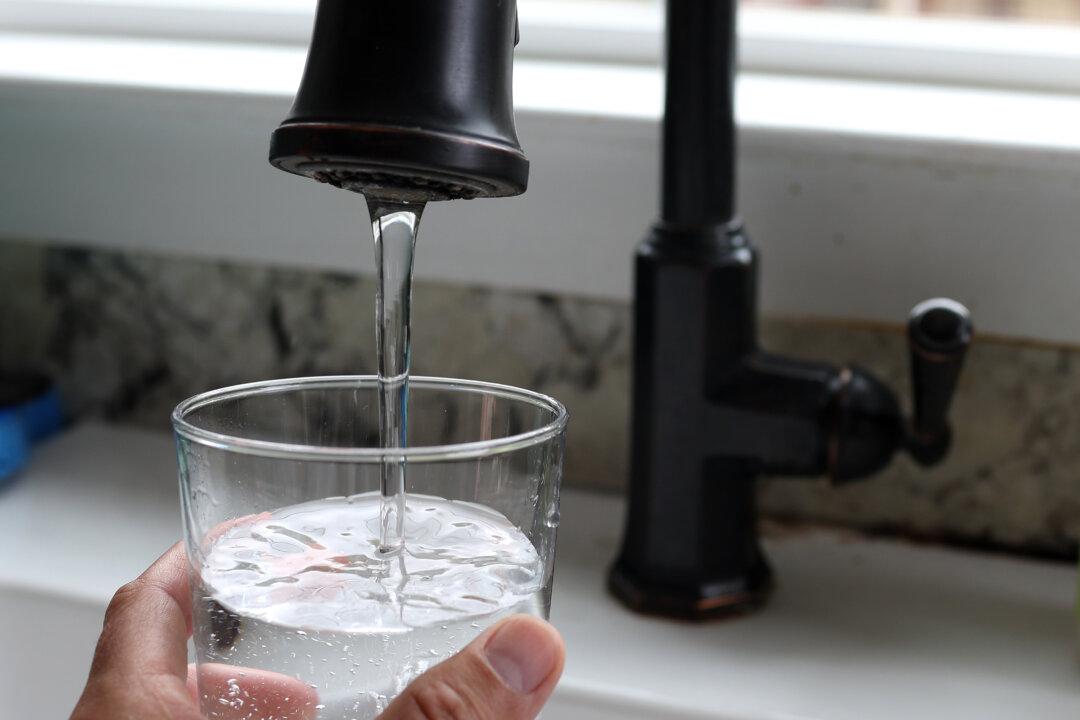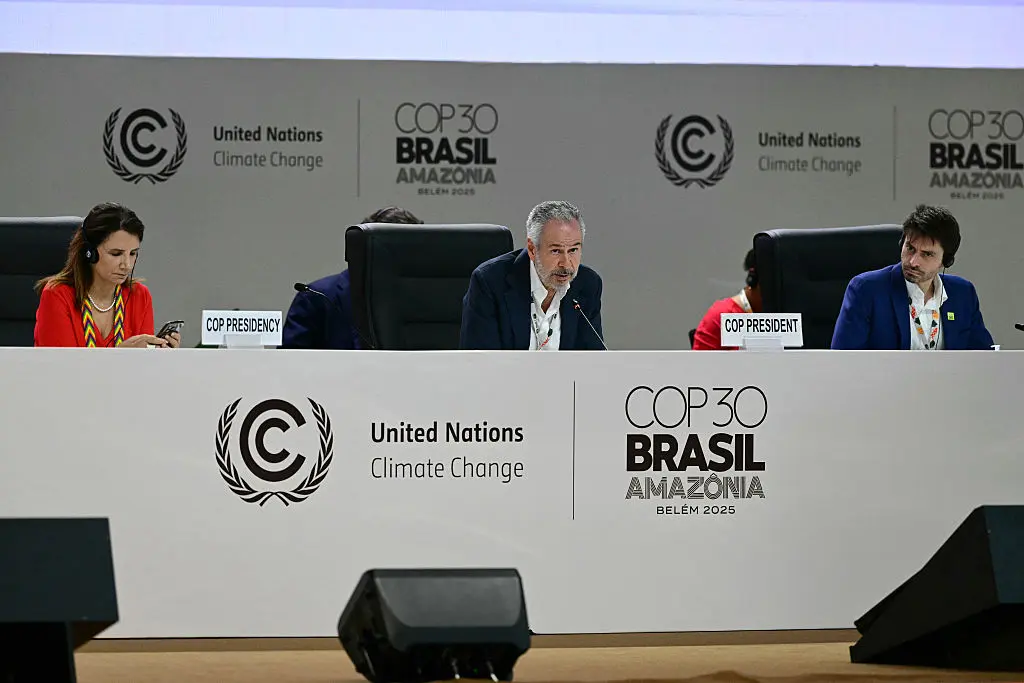An Australian parliamentary committee was told it is challenging to attribute “forever chemicals” to higher risks of cancers and chronic diseases at low exposure levels.
On Jan. 21, the Select Committee on PFAS held a hearing with Wreck Bay community members, whose hometowns have been subject to PFAS contamination, and other experts.





